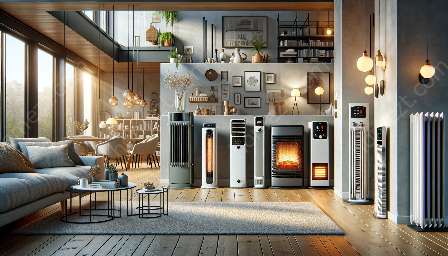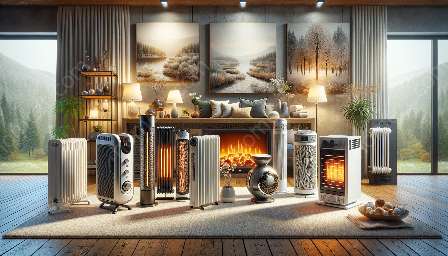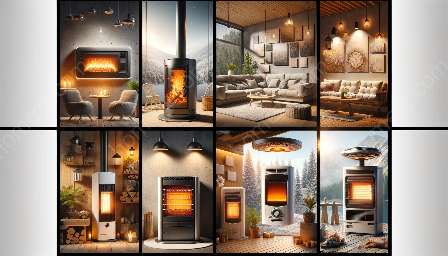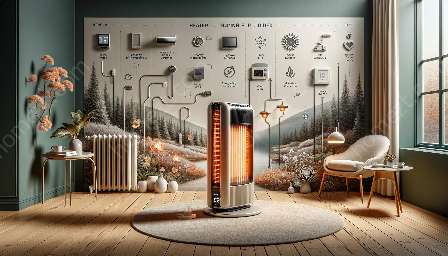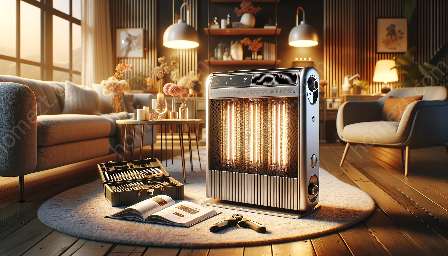If you're in search of an efficient and effective way to keep your space warm during the colder months, convection heaters may be the perfect solution for you. In this comprehensive guide, we'll delve into the world of convection heaters, exploring their benefits, features, and how they differ from other types of heaters. By the end, you'll have a thorough understanding of how convection heaters work and how they can efficiently warm your space.
Benefits of Convection Heaters
Convection heaters offer several advantages that make them a popular choice for heating homes and offices. They provide consistent and uniform warmth throughout the room, making them ideal for maintaining a comfortable temperature. Unlike radiant heaters, which heat objects directly, convection heaters heat the air, creating a gentle and even heat distribution. Additionally, convection heaters are often quieter than other types of heaters, making them a preferred option for bedrooms or quiet workspaces.
Features of Convection Heaters
Convection heaters come in various sizes and designs, offering features that cater to different needs. Some models include adjustable thermostats, allowing you to set the desired temperature and maintain it throughout the day. Others come with programmable timers, providing the flexibility to schedule heating sessions according to your daily routine. Moreover, many convection heaters are lightweight and portable, making them easy to move from room to room as needed. Some models also incorporate safety features such as tip-over switches and overheating protection, ensuring peace of mind while using the heater.
How Convection Heaters Differ From Other Types of Heaters
One key distinction between convection heaters and other types of heaters, such as radiant or fan-forced heaters, lies in their heating method. While radiant heaters emit infrared radiation to heat nearby objects, convection heaters rely on natural convection currents to warm the air, which then circulates to warm the entire room. This method results in a more even distribution of heat and is particularly effective in enclosed spaces.
Fan-forced heaters, on the other hand, use a fan to blow the warm air into the room, providing rapid heating but potentially creating drafts or noise. In contrast, convection heaters operate silently and do not rely on forced airflow, making them suitable for areas where a peaceful environment is desired.
Efficiently Warming Your Space with Convection Heaters
Using convection heaters effectively involves considering factors such as room size, insulation, and placement. Properly sizing the heater for your space ensures that it can efficiently warm the area without running excessively or consuming more energy than necessary. Effective insulation in windows, doors, and walls helps prevent heat loss, enabling the convection heater to maintain a consistent temperature. Additionally, placing the heater in a central location within the room maximizes its ability to distribute warmth evenly.
Conclusion
Convection heaters provide a reliable and energy-efficient solution for maintaining a comfortable indoor environment. Their ability to deliver consistent and quiet warmth, combined with a range of features and portability, makes them a versatile choice for various settings. By understanding the benefits, features, and differences of convection heaters, you can make an informed decision when selecting a heating solution for your space.






































